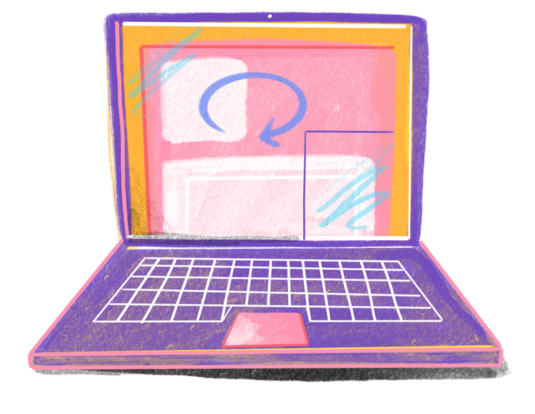Availability of notes following PCP visits was associated with improved adherence by patients prescribed antihypertensive, but not antihyperlipidemic, medications. As the use of fully transparent records spreads, patients invited to read their clinicians’ notes may modify their behaviors in clinically valuable ways.
visit notes
Open visit: a patient’s perspective and expanding national experience
We congratulate Martin on his thoughtful description of how he has opened clinical notes to his patients. We write in response from two perspectives. One of us (D.deB.) is a patient who has become active in the world of patient engagement, a switch in careers triggered by widely metastatic renal carcinoma, now in remission for several years thanks to superb care by physicians and nurses in primary care and oncology. The second author (J.W.) is one of the leaders of the OpenNotes initiative and a health services researcher, with a background in nursing. We touch first on several points that draw on a growing national experience with fully transparent medical records and then offer the perspective of a patient and consumer advocate.
Dermatology in an Age of Fully Transparent Electronic Medical Records
More than 4 decades have passed since the call for “giving patients their medical records” was first proposed to increase patient engagement in health care delivery.1 Today, this vision—once considered radical—is quickly becoming reality, with millions of Americans routinely accessing their medical records through web-based patient portals.1
The electronic health record content that patients can access online is expanding to include physicians’ documentation of patient visits. Recent studies evaluating OpenNotes, a patient-centered initiative enabling online access to providers’ clinical notes, have demonstrated high levels of patient utilization and improved self-reported understanding of care planning and medication adherence, resulting in patients “feeling more in control of their health care.”1
Patients Who Share Transparent Visit Notes With Others: Characteristics, Risks, and Benefits
Inviting patients to read their primary care visit notes may improve communication and help them engage more actively in their health care. Little is known about how patients will use the opportunity to share their visit notes with family members or caregivers, or what the benefits might b
The essence of morning
Hot coffee beckons with its promise of contraband comfort on a cold and busy Monday morning. Ms. H, my first patient, has not arrived yet. I consider a quick dash downstairs to the coffee shop. I can usually make it back in 4 minutes.… I glance at my email. You have 2 new PatientSite messages. I stay.
I close the many open windows on my computer and open the link. I approach the blinking vigil of the messages as I might a covered wound—with a mix of curiosity, a desire to help, and a sense of impending doom. I feel two competing desires: to leave the bandage on or lift it off as quickly as possible. A subconscious triage occurs—do I have enough time, attention, and emotional energy to respond in this moment?
The first email is from Diana and it dispels the fog of distracted multitasking. I hear her voice as I read: “Doctora, ¿Como esta? Y la familia…?” She continues, in Spanish: “Thanks for seeing me on Friday. I read your office note. The fever is gone and I am feeling better. Can you schedule the PET scan sooner? Also, when you have a momentico, can you give me a call? I want to ask you about some of the blood tests. Affectionately, Diana.”
Inviting Patients to Read Their Doctors’ Notes: A Quasi-experimental Study and a Look Ahead
Electronic medical records and secure patient portals hold exciting potential for more active patient involvement in care and improved communication between patients and clinicians. These technologies facilitate a potentially disruptive innovation: Doctors can readily invite patients to read and share their visit notes and even contribute to the notes’ formulation. We conducted a quasi-experimental study, OpenNotes, in which more than 100 primary care physicians (PCPs) volunteered to invite more than 20 000 of their patients to review online the notes that the doctors wrote and signed after an office visit



